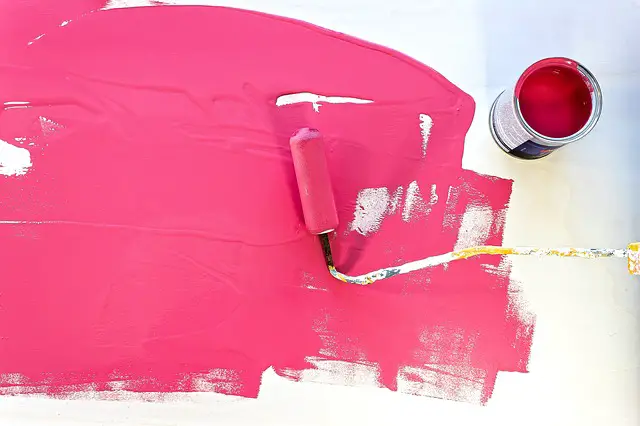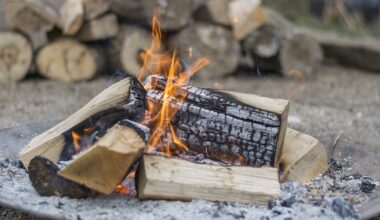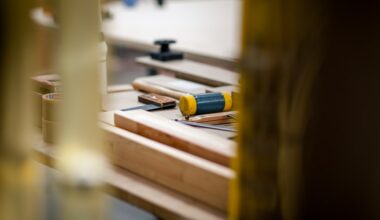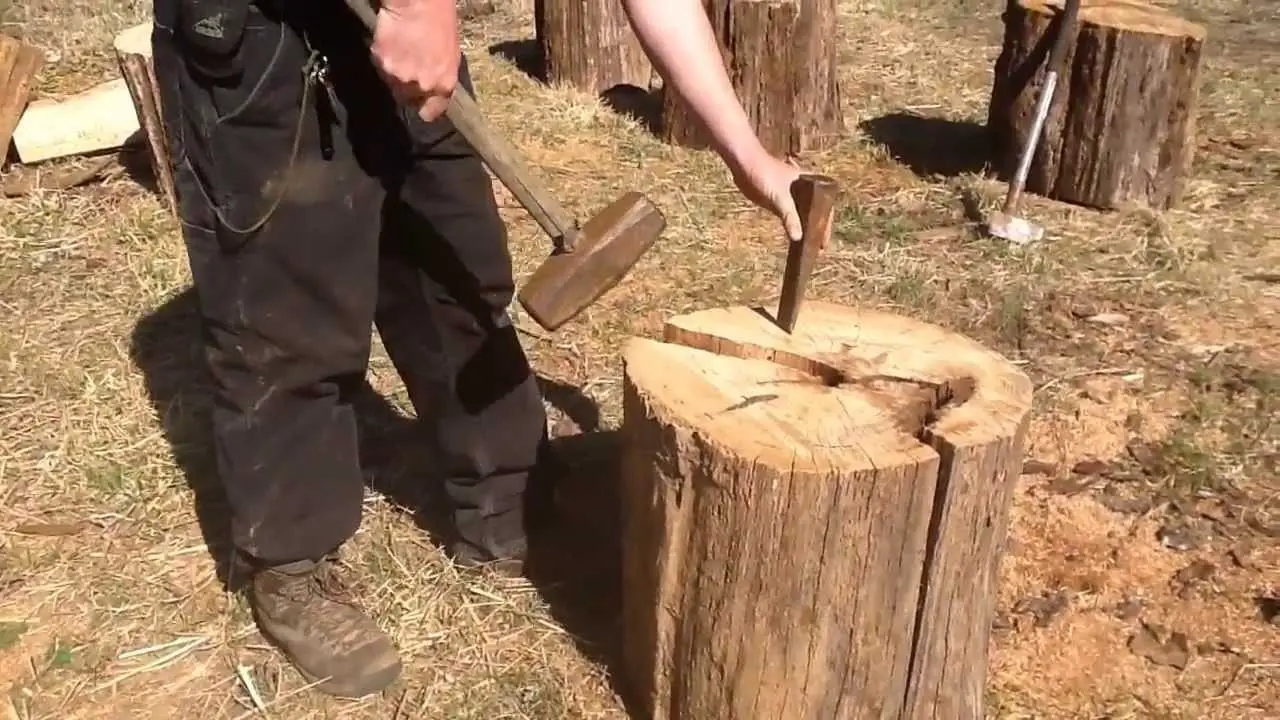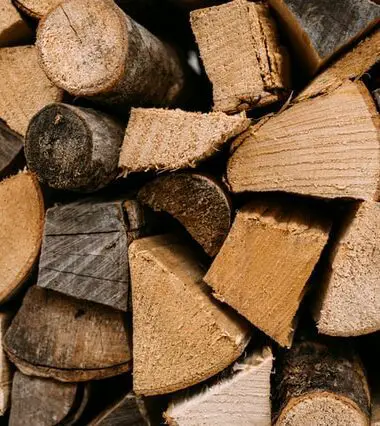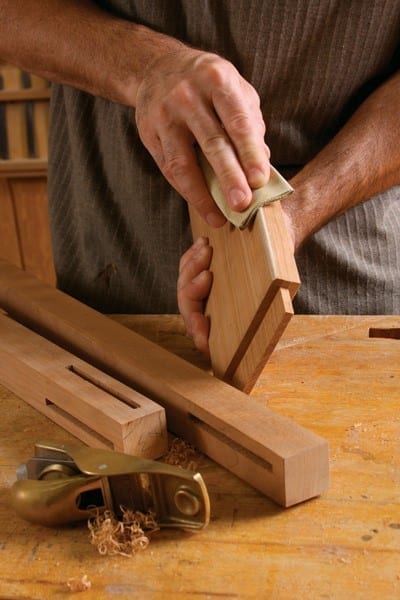Paints are available in different categories for different applications. A concrete or masonry paint is used to paint concrete and masonry surfaces. Can you use concrete paint on wood?
Yes, a concrete paint can be used to paint the wood surface. However, you cannot apply it directly. Wood is a porous material so you have to prepare it before applying this paint on it. This initial preparation process is not limited to filling the cracks and sanding. It also requires applying a layer of primer so the masonry paint sticks to it better. You can protect, insulate and decorates the wood structures with this hardy paint.
What is a Concrete or Masonry Paint?
If you are wondering can you use masonry paint on wood, you should first know about this pain. It is made for applying on the surfaces of concrete, bricks, building blocks and rocks. It is an excellent choice for protecting the structure from natural elements and common use. A concrete paint is made of cement, pigments, water and some other chemical ingredients. Some paints in this category are not water based and use other chemical binders. Masonry paints are applied on concrete surfaces for waterproofing, insulation and decoration.
Can you use concrete paint on wood and if yes then how?
There are several steps to applying the concrete paint on a wood surface. These steps include:
1. Cleaning the workpiece
2. Sanding the surface
3. Filling the cracks and gaps with sealants
4. Sanding it again lightly
5. Applying a primer
6. Applying the first coat of concrete paint
7. Applying the second coat of concrete paint if required
1. Cleaning the Workpiece

This is the first step of this process. To get the best result, you must remove all loose materials like flaking paint, wood chips, dirt, dust, oil, water and other materials. You can use a pressure washer to clean the surface quickly. Make sure you keep the pressure of the water limited to what your wood surface can take. This cleaning process will remove all loose particles, oil and most of stains from the wood surface.
Let the wood dry before starting the next step of this painting process. Prevent moisture coming in contact with the wood. You can ensure this if you do this painting work on a dry day when the humidity level in the environment is low.
2. Sanding the Surface

Sand the surface and vacuum the surface to remove dust.
3. Filling the Cracks and Gaps with Sealants

Use a sealant or filling material suitable for wood repair. Fill the cracks, gaps and holes in the wood boards. Follow the sealant product instruction and let it dry up to the recommended period of time.
4. Sand the surface Again

This time you can sand only lightly and over the places where you have applied the sealant. Its purpose is to make the surface even and remove any bumps caused by the fillers and sealants. At the end of this step, vacuum and clean the surface to remove the dust of sealant.
5. Apply the Primer

Now the wood surface is ready for applying the primer. It will close the porous gaps and micro cracks that are visible only at close inspection of the wood surface. The surface will become smooth and ready for taking the masonry paint. It will help avoid painting problems like the paint flaking off easily or developing paint chalking or dust issue. Some wood professionals advise sanding lightly after the primer has dried to ensure the paint sticks to it better. It can be done if the primer dries to a smooth finish.
6. Applying the First Coat of Concrete Paint

Can you use concrete paint on wood? Before you can apply this paint on wood, make sure the primer you have applied is dried fully. Its drying speed will depend on the environmental conditions. A heavy humid condition will delay its drying while a hot and dry condition will speed up this process. Once it has dried fully, apply the first coat of the masonry paint.
7. Apply a Second Coat of the Same Paint

This may or may not be required depending on the surface finish you want. A second coat of paint will give you a smooth finish. Apply this coat of paint only after the first layer of paint has dried. Now let the surface dry completely before you start using the area.
Can You Use Concrete Paint on Wood?
Things to Remember
- Do not paint under the direct sunlight. Extreme heat exposure during the painting process can cause the paint to dry faster and develop blisters. Apply the paint when the workpiece is not under direct sunlight. Let the ambient air do its job of drying it.
- It is better to use paintbrushes in place of rollers for applying masonry paints. Masonry brushes can be used for this job. You can use the paint roller as well if you prefer this option.
- Make sure you have sufficient amount of paint to cover the area, especially if you plan to apply two coats of paint.
- Use the right tools to do this job.
- Follow the safety precautions and use safety gears where necessary.
- Inform other people at home about the paintwork. Barricade the area with a tape so no one walks over the painted surface while it is drying.
- Let each applied chemical dry thoroughly before starting the next step.
Why People Use Masonry Paint over Usual Emulsion Paints for Painting Wood?
Emulsion paints are suitable for indoor applications. Masonry paints can be applied even on the hard concrete surfaces of outdoor structures. It develops into a harder and stronger layer. Its layer is more resistant to the environmental elements and light impacts. It can be a perfect choice if you want to protect and decorate the wood boards installed in the outdoor areas of your property or places like patio. A concrete paint adds some insulation effect as well. The wood is protected and lasts longer.
Now you have got the answer for, “Can you use concrete paint on wood?” This paint will help combat the issues caused by the porosity of wood. It also installs an insulation layer that helps bring down the energy bills if the wood structure is installed in an indoor area. The paint seals the wood surface but still allows the wood to breathe, contract and expand.
